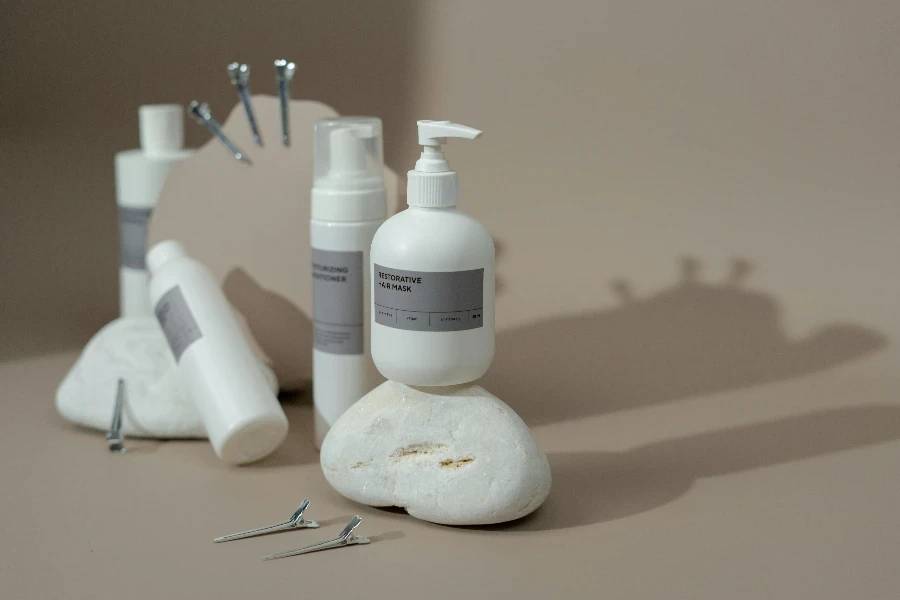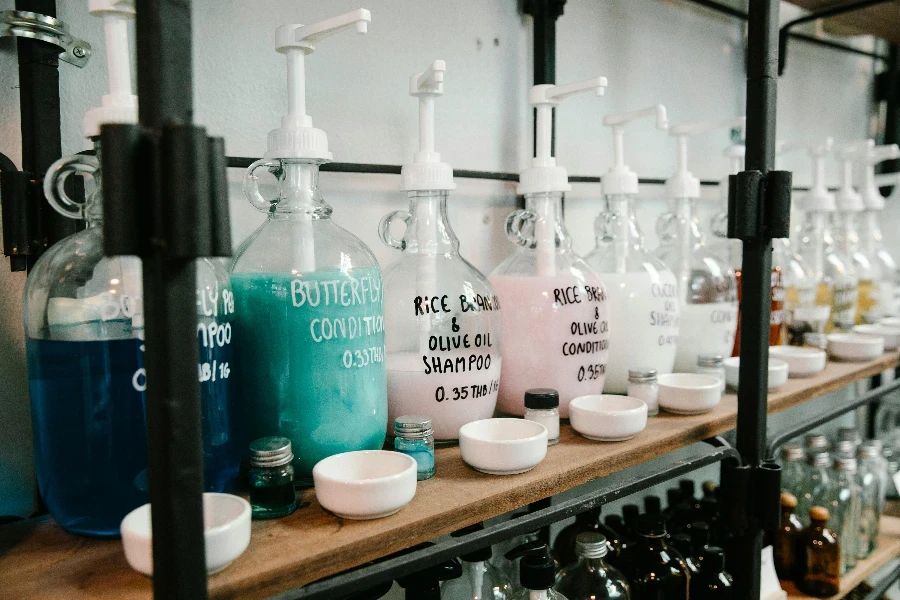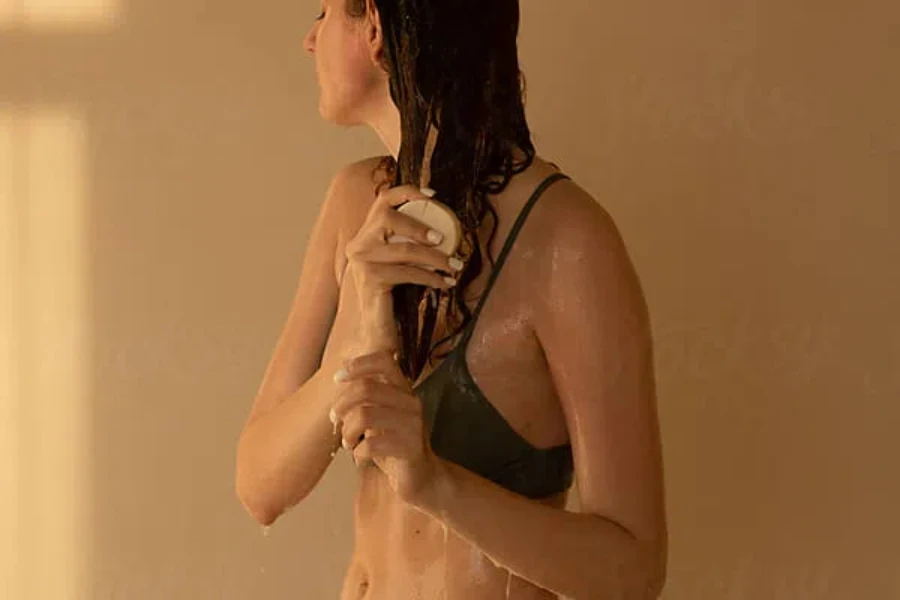As modern consumers become more conscious of their grooming routines, the global hair conditioner market is poised for substantial growth. This surge is driven by evolving preferences and an increased awareness of hair health benefits provided by conditioners.
Table of Contents:
1. Market overview of hair conditioner
2. Rising demand for natural and organic hair conditioners
3. The impact of digital marketing on hair conditioner sales
4. Innovations in hair conditioner formulations
5. Regional market dynamics for hair conditioners
6. Future trends and predictions for the hair conditioner market
Market overview of hair conditioner

In 2023, the global hair conditioner market stood at approximately USD 13.6 billion and is on track to grow to USD 23.8 billion by 2032, at a CAGR of 6.42%. This upward trend is largely attributed to the increasing focus on hair health, as consumers recognize the essential benefits that conditioners add to haircare routines. The popularity of conditioners is skyrocketing in regions such as Asia-Pacific and North America, where grooming practices are rapidly evolving, propelled by cultural shifts and rising economic power.
Different types of conditioners, including rinse-out, leave-in, and deep conditioners, have emerged to address varied consumer needs. The ongoing environmental challenges have emphasized the utility of effective hair care solutions, inspiring growth within the market. Market leaders like L’Oréal, Unilever, and Procter & Gamble continue to maintain a strong hold by investing in innovative research and expanding their product offerings.
Furthermore, the demand for conditioners addressing specific hair issues such as dandruff, hair thinning, and scalp irritations is on the rise. Informed consumers increasingly seek products delivering precise benefits—be it volumizing, anti-dandruff, or color-protection. These demands push manufacturers to broaden their product portfolios and meet diverse consumer needs.
Rising demand for natural and organic hair conditioners

A shift in consumer preference towards natural and organic products is reshaping the haircare landscape. This change springs from a growing consciousness of the adverse effects of synthetic ingredients on health and the environment. Products branded as “natural” or “organic” are witnessing increased market traction, steering brands to craft conditioners utilizing plant-based, sulfate-free, and paraben-free ingredients.
This trend exemplifies a major shift in consumer behavior, highlighted by soaring organic conditioner sales across both developed and emerging markets. Companies like Amway and Natura & Co take the lead in providing sustainable and eco-friendly hair solutions, appealing to consumers with a strong environmental commitment.
The shift doesn’t stop at natural ingredients; the demand for cruelty-free and vegan products is gaining momentum. Consumers are seeking conditioners that align with ethical beliefs, avoiding animal testing and eschewing animal-derived ingredients. Consequently, more brands are pursuing certifications and labels that underscore their dedication to ethical practices.
The impact of digital marketing on hair conditioner sales

Digital channels have revolutionized how hair conditioner sales are driven in today’s market. With more consumers shopping online and engaging on social media, brands are optimizing these platforms to enhance visibility and consumer interaction. Tactics such as online tutorials, influencer alliances, and targeted ads are proving effective in communicating product benefits.
This shift to digital spaces has allowed brands to devise personalized marketing approaches, bolstering consumer engagement and fostering brand loyalty. The rise of e-commerce facilitated growth in subscription-based services, offering tailored, convenient selections.
The use of data analytics and AI in digital marketing is giving brands deeper insights into consumer behavior. By understanding online interactions and purchase trends, companies can craft campaigns that resonate effectively, ultimately boosting sales and loyalty.
Innovations in hair conditioner formulations

Innovation continues to be a cornerstone of the hair conditioner market, with brands investing in advanced formulations to cater to diverse needs. Some of the latest formulations include conditioners enriched with biotin, keratin, and argan oil, which offer strengthening and reparative benefits.
Technological breakthroughs have led to multifunctional conditioners that deliver moisture retention, heat protection, and anti-frizz benefits in a single application. These versatile products meet the needs of urban consumers looking for efficient, time-saving solutions amidst busy lifestyles.
The “skinification” of haircare is a rising trend, drawing parallels between hair and skincare products. Modern conditioners, now infused with ingredients like hyaluronic acid, niacinamide, and peptides, focus not only on hair nourishment but also on scalp health. Leading brands like Olaplex and Aveda are at the forefront, offering comprehensive hair and scalp care products.
Regional market dynamics for hair conditioners

Global variation in market growth reflects differing consumer trends and economic conditions. North America holds a significant position due to heightened consumer awareness and presence of dominant brands. Conversely, rapid growth in the Asia-Pacific region is fueled by growing middle-class incomes and an affinity for grooming and self-care practices.
In Europe, there’s a notable demand for premium, customized products that cater to specific hair types and needs, while the Middle East and Africa remain promising markets due to a youthful, beauty-savvy populace.
Latin America follows a more gradual growth pattern, with Brazil and Mexico being prominent consumers, largely driven by the appeal of styling and hair treatment products. The influence of social media and beauty influencers continues to mold consumer choices and accelerate sales, particularly in these developing markets.
Future trends and predictions for the hair conditioner market

Looking to the future, several trends are positioned to guide the industry’s trajectory. Sustainability will remain central in product development, with brands prioritizing eco-friendly packaging and responsibly sourced ingredients. Technological integration, such as conditioners that adapt in real-time to specific hair needs, is also anticipated to gain prominence.
Consumers will likely look for comprehensive care from their conditioners, addressing both hair and scalp health, akin to advances in skincare routines. As such, brands that invest in innovation, environmentally friendly practices, and interactive customer experiences are poised for success.
The desire for personalization in haircare is set to magnify, with biotechnology and data-driven approaches enabling brands to customize products based on individual hair profiles. This shift promises a more effective and personalized haircare regimen for consumers worldwide.
Conclusion:
The hair conditioner market is experiencing significant growth momentum, fueled by changing consumer preferences and high-tech product innovation. As this market continues its expansion, the opportunities for advancement and growth remain vast. Companies that emphasize sustainable practices, customer engagement, and cutting-edge formulations are well-positioned to thrive in this dynamic industry landscape. The future of hair conditioning promises to be both vibrant and transformative, holding endless possibilities for consumers and brands alike.




